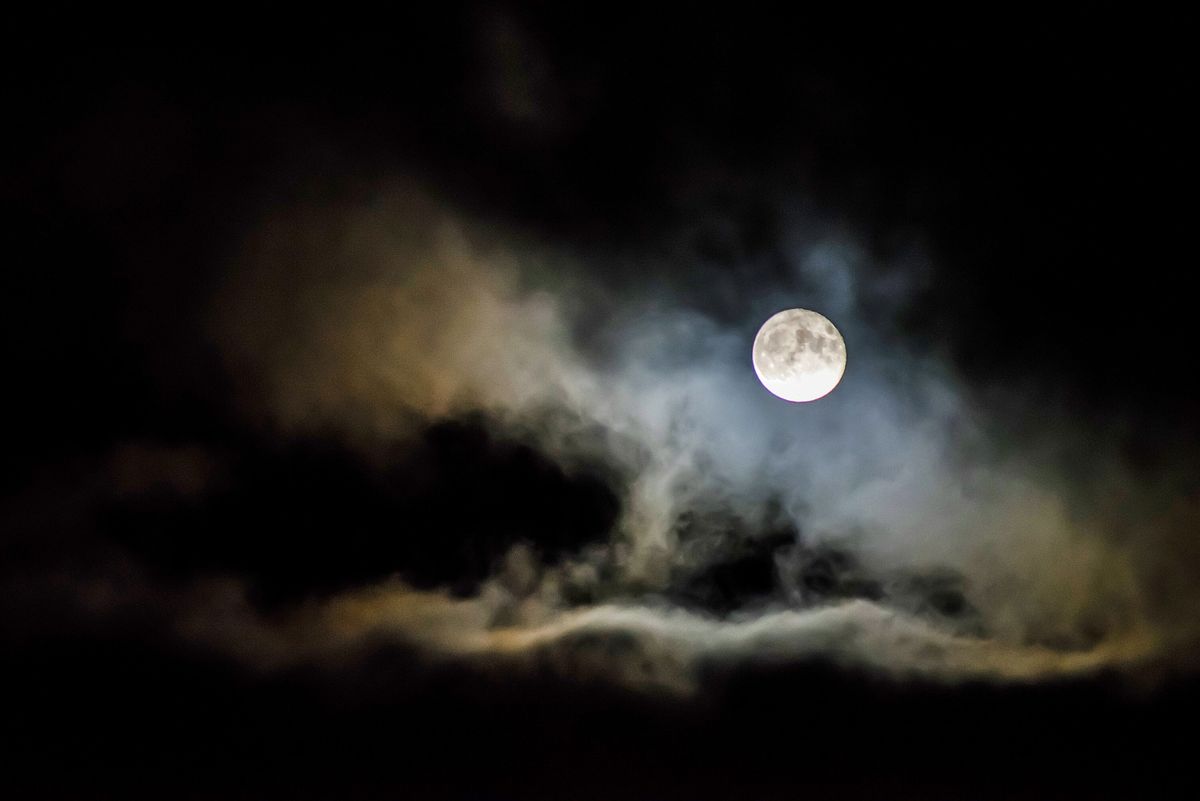The Big Whack and Earth’s insides reveal a possible origin of the moon
Have you ever wondered what, exactly, caused the creation of Earth’s moon?

A few minutes every morning is all you need.
Stay up to date on the world's Headlines and Human Stories. It's fun, it's factual, it's fluff-free.
Have you ever wondered what, exactly, caused the creation of Earth’s moon? Based partly on moon soil samples brought back to Earth, scientists say that the moon was once part of Earth itself. How did this piece of our planet break off in the first place, though? It’s widely believed that about 4.5 billion years ago, a giant protoplanet hit an early version of Earth that was void of life. That collision caused chunks of Earth and the protoplanet to form into the moon. This idea is known as the “Big Whack.”
Now, a new study suggests that pieces of the protoplanet – named Theia – that whacked Earth are still, well, here. According to researchers, these pieces are buried about 2,897 kilometers (1,800 miles) under Earth’s surface. Basically, scientists noticed that parts of the interior aren’t uniform with the rest, and they think that these anomalies might be caused by parts of Theia that broke off in the collision.
“We looked into the deeper Earth,” said Qian Yuan, a postdoctoral researcher at the California Institute of Technology who led this new research. “We found big chunks of the impactor Theia.”
To figure this out, scientists ran computer simulations of the Big Whack itself. They also looked into what kinds of properties likely made up the materials that made up Theia and how Earth’s mantle likely evolved into what it is today. With all of this research, published in the journal Nature, they found that it’s likely that most of Theia became absorbed into Earth. These pieces of it formed into blobs inside Earth’s mantle, and we also got the moon out of the whole thing.
"It is incredible because we can uncover relics of another planet – Theia – if we dig deep enough in Earth's mantle," says planetary scientist and study co-author Hongping Deng from the Chinese Academy of Sciences' Shanghai Astronomical Observatory.
Not all scientists totally agree on this idea, though.
“This is a great paper with bold thinking and interesting conclusions,” says Professor Alex Halliday, who studies planetary evolution and materials at the University of Oxford and is a professor of earth and environmental sciences at Columbia University in New York. “However, it raises questions that need further discussion and analysis, particularly concerning the way the moon and Earth mixed to achieve so many similarities while preserving ancient deep-mantle heterogeneity.”




Comments ()